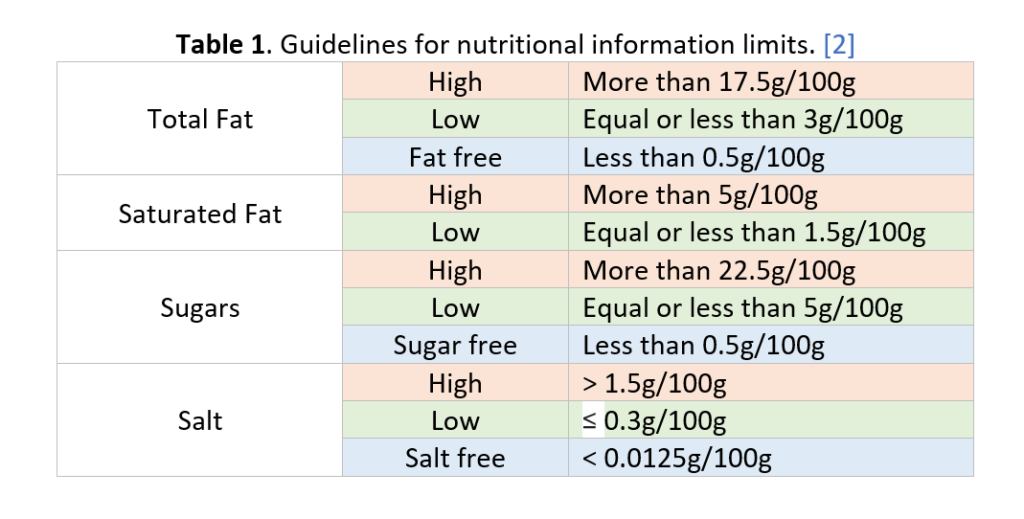First Ever EMS Taste & Test
We have launched EMS Taste & Test, a place to share your favourite foods and get the the nutritional information back for it. Curious about the nutritional value of your family favourite recipe? Make a batch and send it in!
May 4, 2021
We have launched a new programme of Taste and Test for all those adventurous chefs and retailers out there who want feedback on their favourite dishes! We’re starting small by offering first to our employees and soon after hope to get the local community of cafes, delis and restaurants involved – what happens after that? Well, we hope it will become a new phenomenon where people can access free information on nutritional values, recipes, and recommendations of food in their own locals.
Our first meal was made by our Managing Director’s husband, Stuart, who is a fanatic for American style Buffalo wings. As they are not readily available in the UK he has scoured the internet for the best recipe to make at home. Our MD, Jennifer, gets to enjoy this dish frequently at home and thought sharing this American favourite dish to those who may never of even heard of it was a great launch for wonderful unknown taste sensations to come.
Jennifer, with Stuart’s help, prepared enough buffalo wings for everyone with EMS to have a taster portion as well as a serving for chemistry to test for nutritional content. All the tasters were asked to complete a short survey scoring the dish on appearance and taste. They were also asked to describe the dish to someone who had never eaten it and say what they would be prepared to pay for the meal in a pub.
The sensory results are in are summarised here:

The nutritional report will be ready next week, and we will show you the completed report then. If you are interested in participating in our new venture, please get in touch there is no cost to you but providing the food.
Happy eating!



